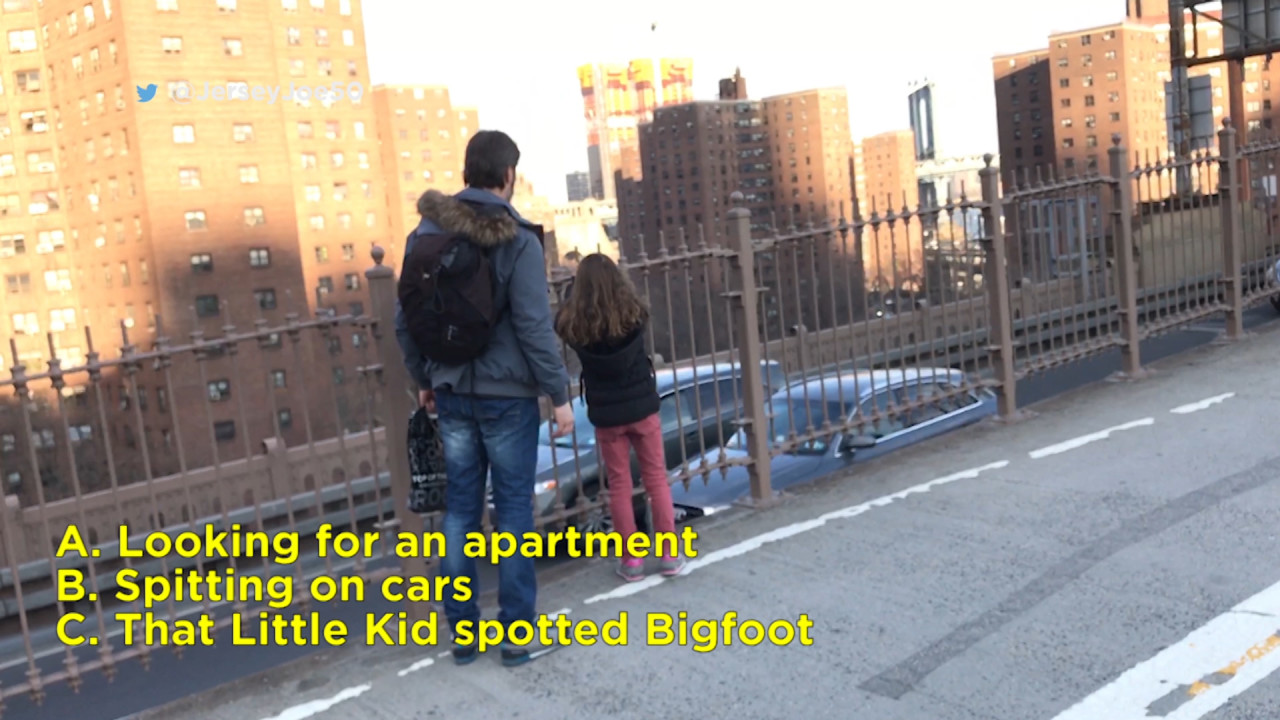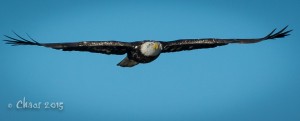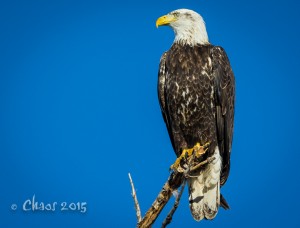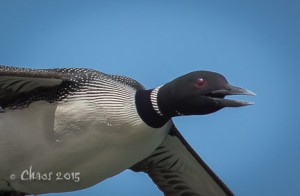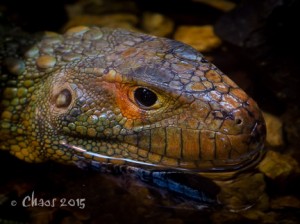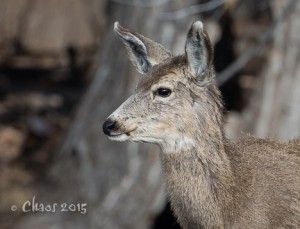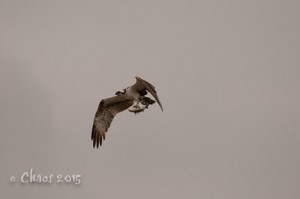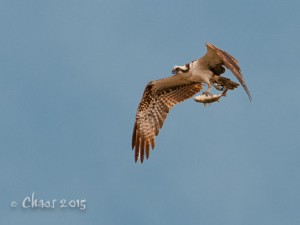Images from the Id – Learning Photography or What to Get for the Holidays?
To be honest there are some reasons I miss the 60s. What a decade! Trips to the moon, college days, my Miranda single lens reflex camera and… Wait a minute NO WAY do I miss film, setting up my bathroom darkroom. Hey you want a complete darkroom for free? Hell, I’ll give you ten bucks to take it away! Actually the 21st century isn’t too bad except for politics and big business. Gee I said the same thing in the 60’s. So every decade has good and bad and sometimes they’re the same things.
Photography has gotten nothing but better. I have several friends which would argue that- but sorry, they lose! Digital photography has room for everyone. If it has any flaw it’s that anyone can do it. More importantly, with a little education, anyone can do it well. This has hurt the professional for two reasons. First, the prospective client thinks,”I can take that picture”. Second, the quality expected from the professional has skyrocketed.
Contrary to popular belief it is really hard to get professional quality. Other than the previously mentioned education, it is equipment which can make the difference. So what do you want for your photographic holidays? Look at the cameras and who they are for.
Point and Shoot – These do a great job for what they do and they quick shot. They are small light get great images. If you want to get beyond the snapshot and grow, these have the disadvantages of limited adjustability, no interchangeable lens and small (physical dimensions not megapixels), sensors. Not good for large prints. Will not shot RAW files. This is great for the traveling and family snapshots. These are dead end.
Mirror-less more advanced electronic view finder camera- These are adjustable with larger sensors, RAW files, great quality. They are super for the urban shooter and travel. A great step up can produce professional quality and have interchangeable lenses. The photographer can grow with these. Many pros have them in their bag.
DSLR – The digital single lens reflex camera. These come in mirrored and mirror-less, beginner to professional. With a $400 to $6000 price tag you may be tempted by the cheaper ones. Look for easy adjustability. This is usually $1000 and up. As you get more educated and expect more from your images you will want to learn how to control the result with quick easy control of the settings. There are three basic subdivisions. the First is called 4/3 because the sensor size is smaller. The top manufacturer is Olympus. Good for wildlife because of a 2x crop factor which means a 400 mm lens will give a 800 mm image. The ASP or DX sensor which have a 1.3 to 1.5 crop factor. Great for wildlife and greater ability for enlargement which balances out the advantage of the 2X crop factor of the 4/3. The last subtype, which many consider the Holy Grail, is the FX or full frame in these the sensor is the same size as a 35 mm negative. Usually low noise, great ISO sensitivity. Generally, it is the best for landscape and large high quality images. Again, if you want to grow get one that is easily adjustable.
My Christmas dream, a Nikon D750 (FX) but we’re talking about $3200 with a good lens. I now have only 3 lenses that would work on the FX. The DX lens can be used but will crop. Hmm… my Nikor 80 mm – 400 mm is FX 😎
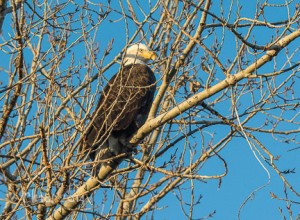
Image #1 – This Bald Eagle was in my backyard last week. I live in a suburb where these are rare in backyards. I went to the kitchen sink to wash my hands and saw this “big hawk”.This is probably a migrator from up north going to spend the winter in the Denver area.. In the days of film this would have won a prize but now it’s ho hum. Now we expect action, feeding, interaction, behavior etc. 1/1000 sec., f/5.6, needed for the high shutter speed, ISO 800, a good DSLR allows this with low noise, 180 mm 270 mm with the crop factor

Image #2 – Just a nice flower and ant but it demonstrates how the background can be controlled with a DSLR. 1/640 sec, f/6.3, ISO 100, taken at 105 mm with a 105 mm Nikor macro lens. Gave me a lot of room to crop and quality
